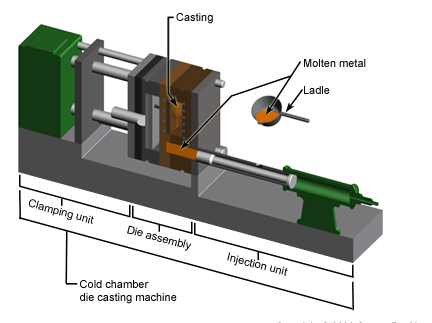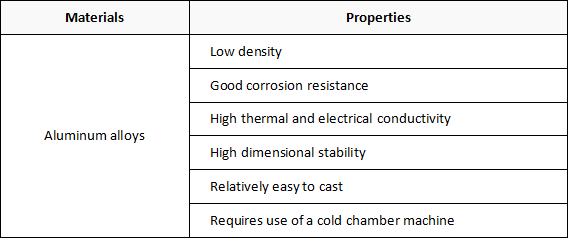Die casting is a manufacturing process that can produce geometrically complex metal parts through the use of reusable molds, called dies. The die casting process involves the use of a furnace, metal, die casting machine, and die. The metal, typically a non-ferrous alloy such as aluminum or zinc, is melted in the furnace and then injected into the dies in the die casting machine. There are two main types of die casting machines - hot chamber machines (used fo zinc alloy) and cold chamber machines (used for aluminum alloy and zinc alloy). The differences between these machines will be detailed in the sections on equipment and tooling. However, in both machines, after the molten metal is injected into the dies, it rapidly cools and solidifies into the final part, called the casting.


The die-casting parts manufactured in this process have differences in size and weight. Most of the die-casting parts are used for mass production and large quantities of products, which can reduce production costs.
Die casting typically makes use of non-ferrous alloys. The four most common alloys that are die cast are shown below, along with brief descriptions of their properties. (Follow the links to search the material library).

The selection of a material for die casting is based upon several factors including the density, melting point, strength, corrosion resistance, and cost. The material may also affect the part design.
